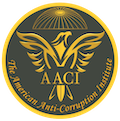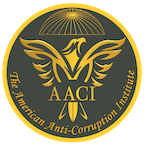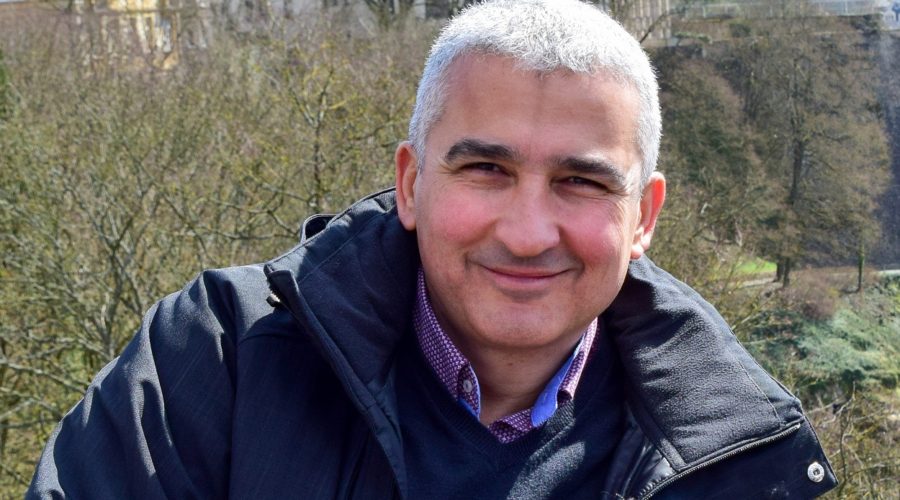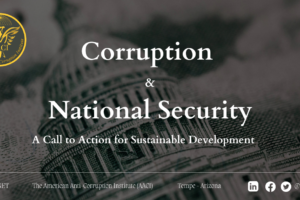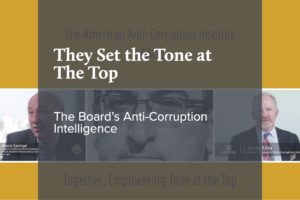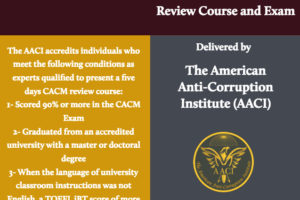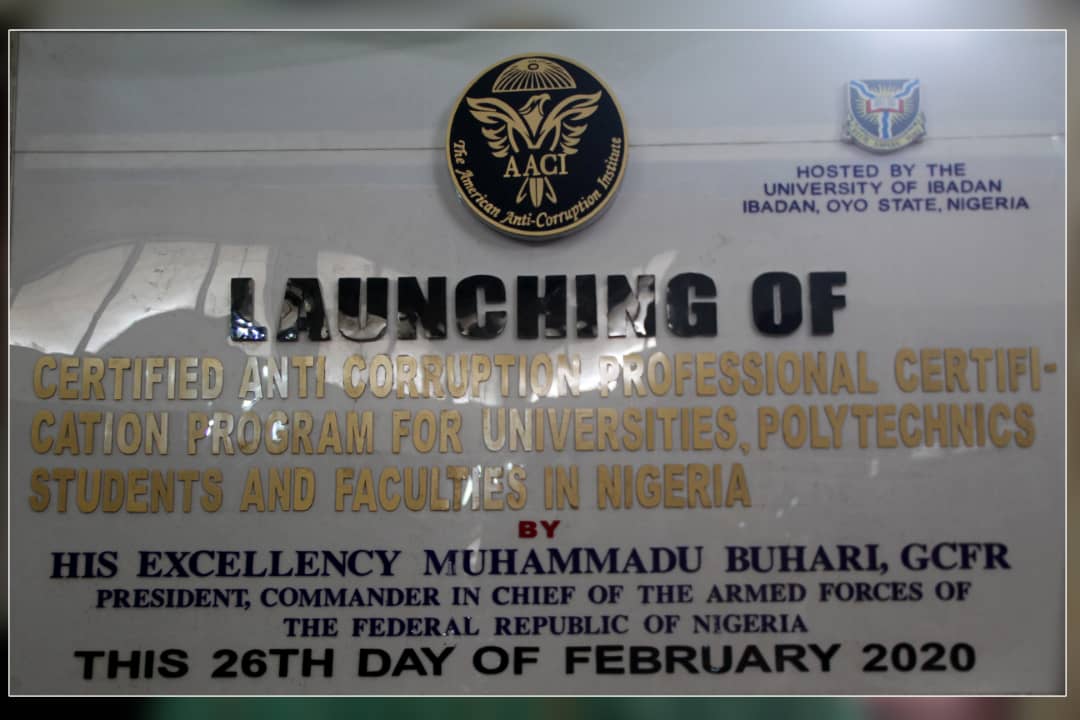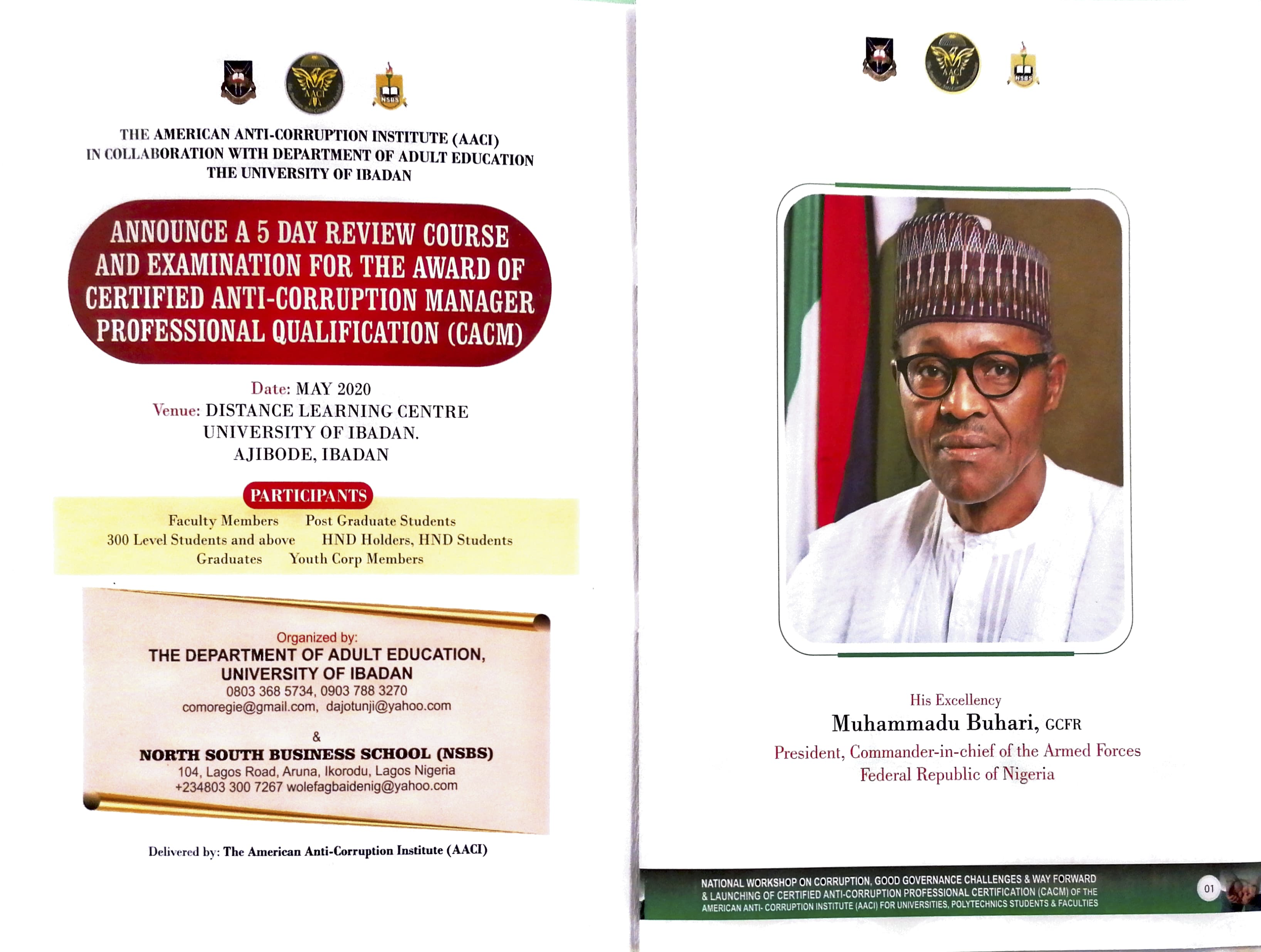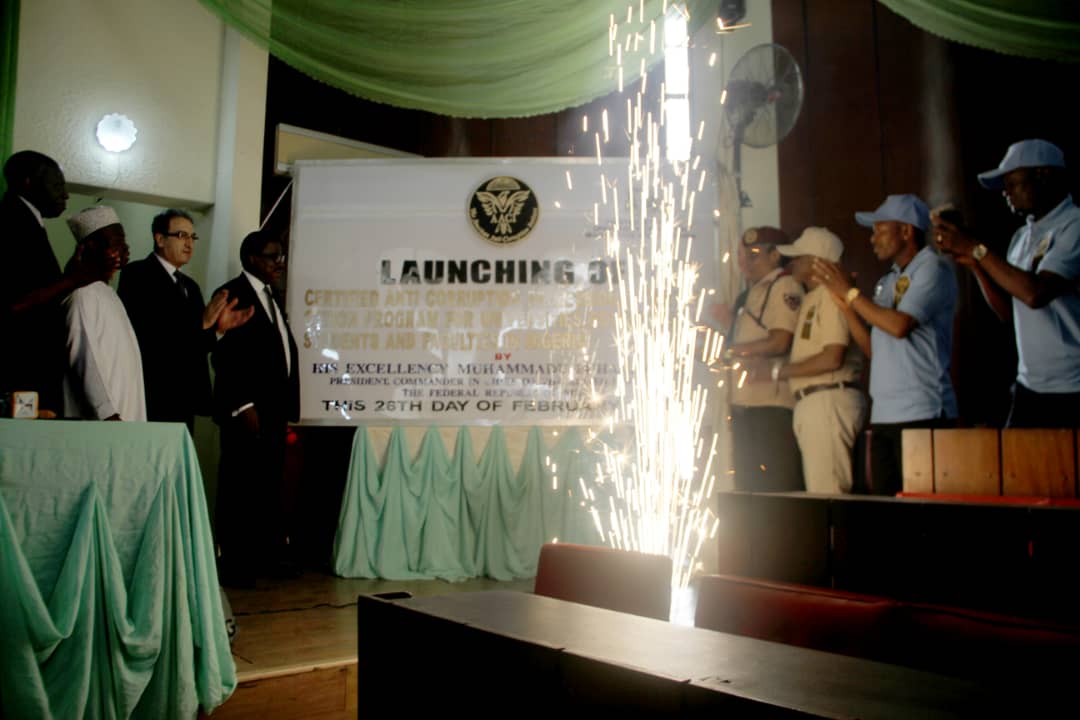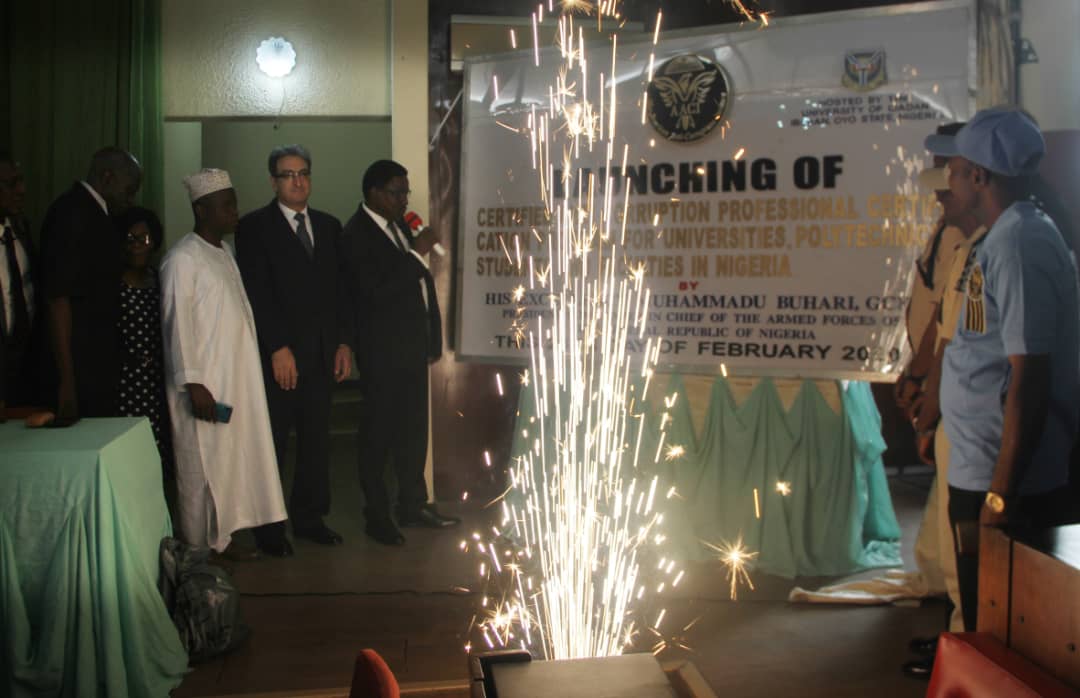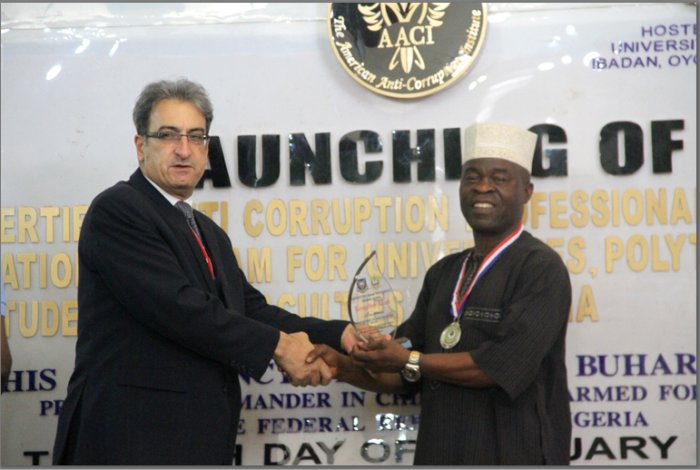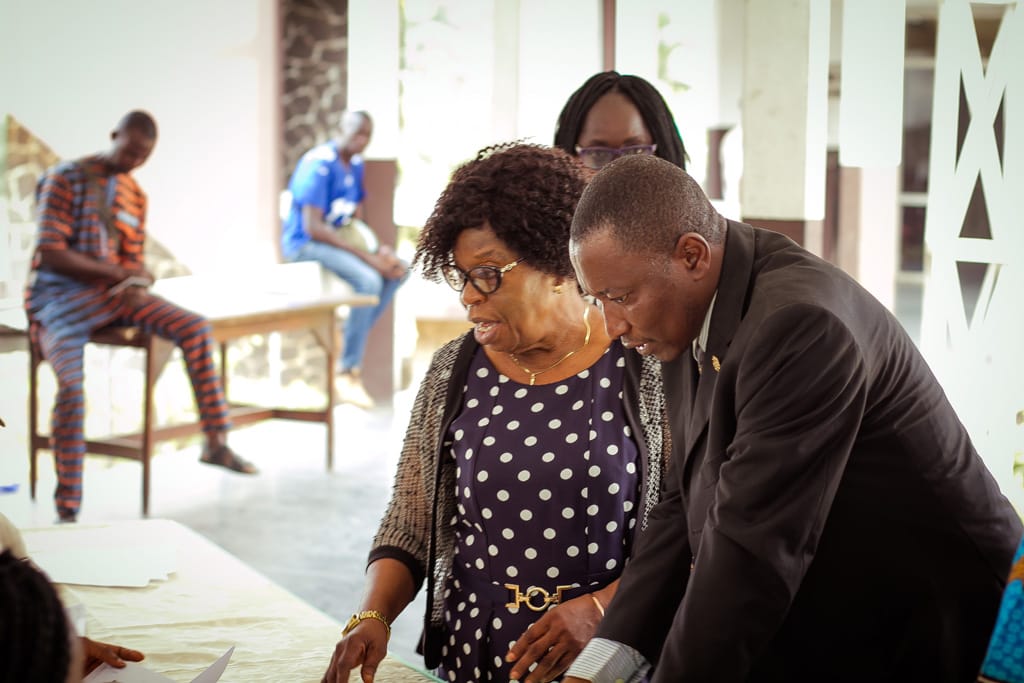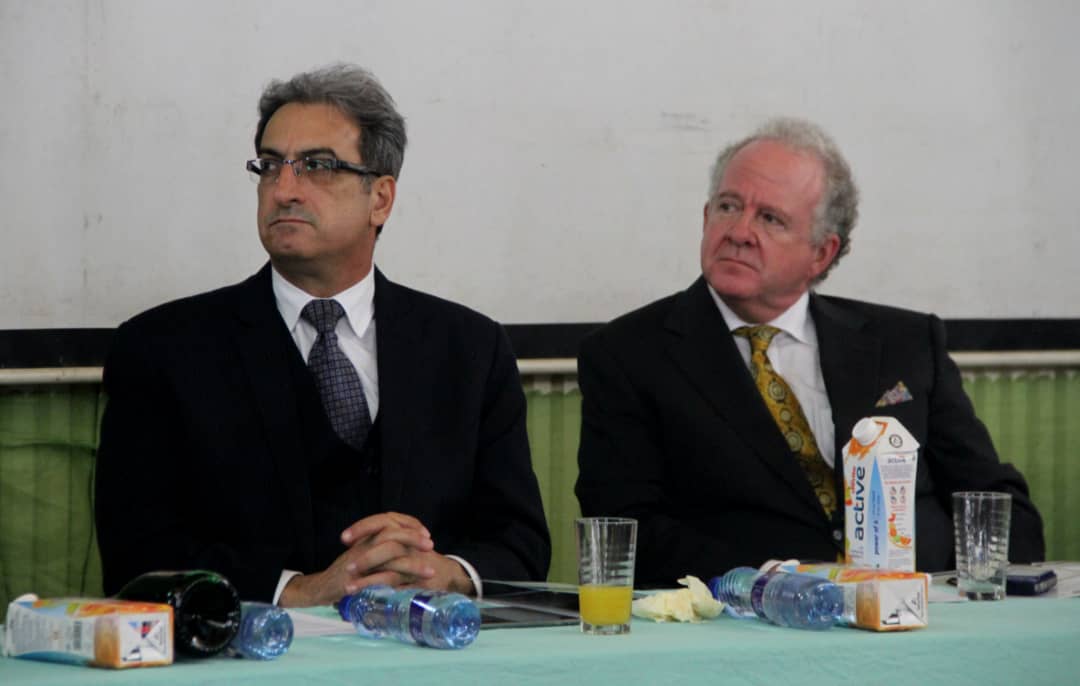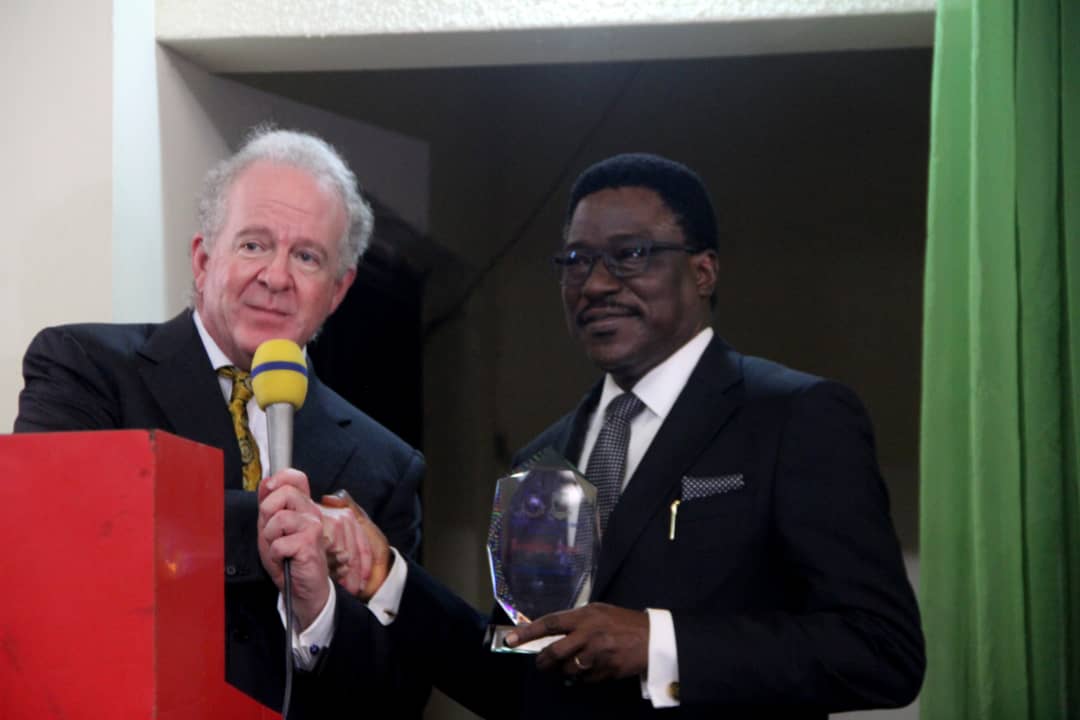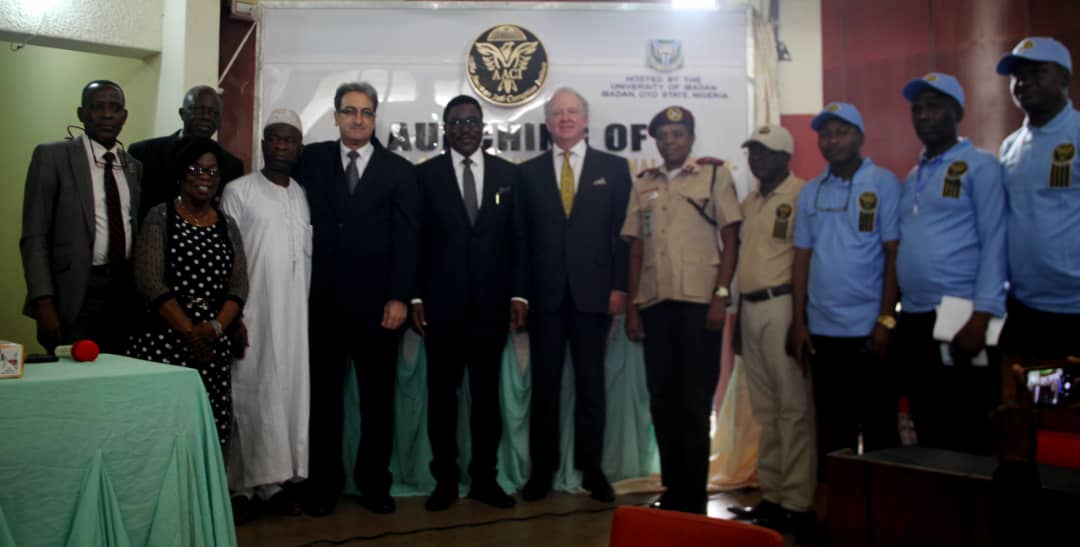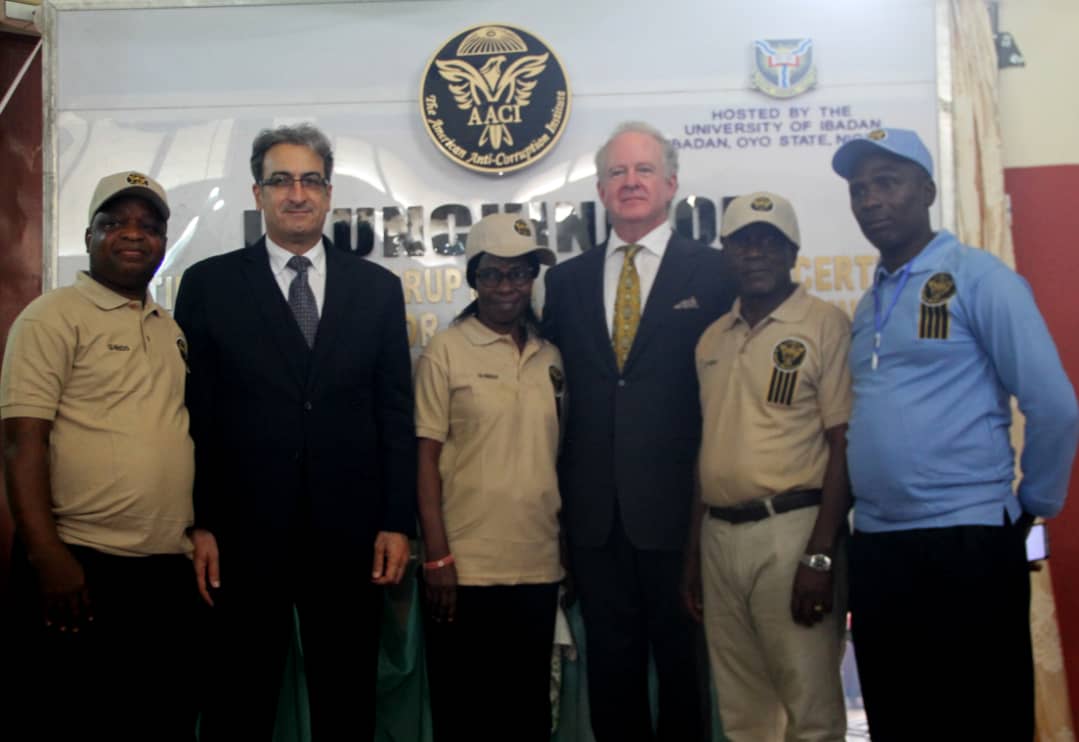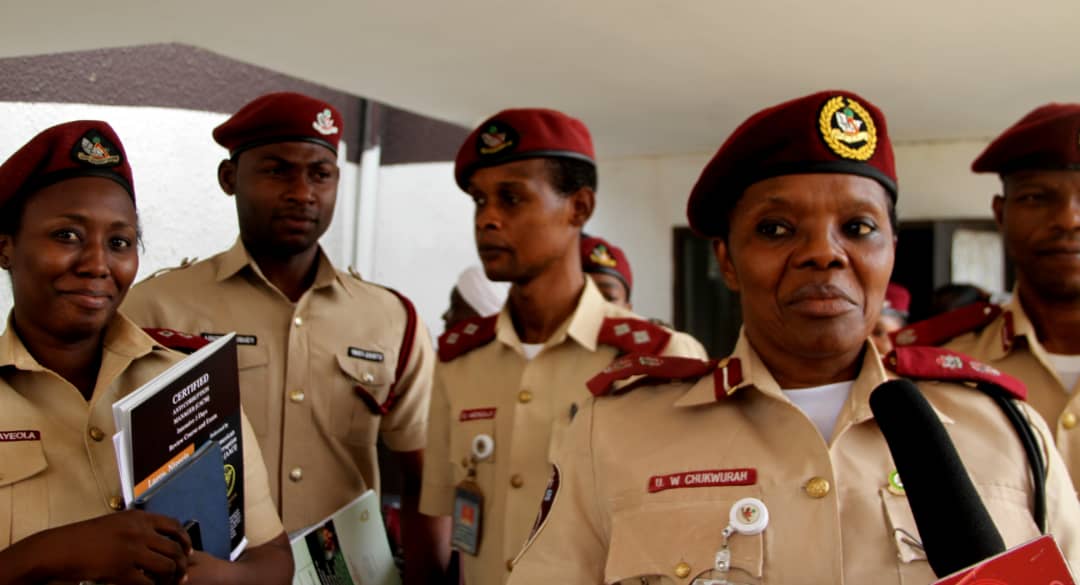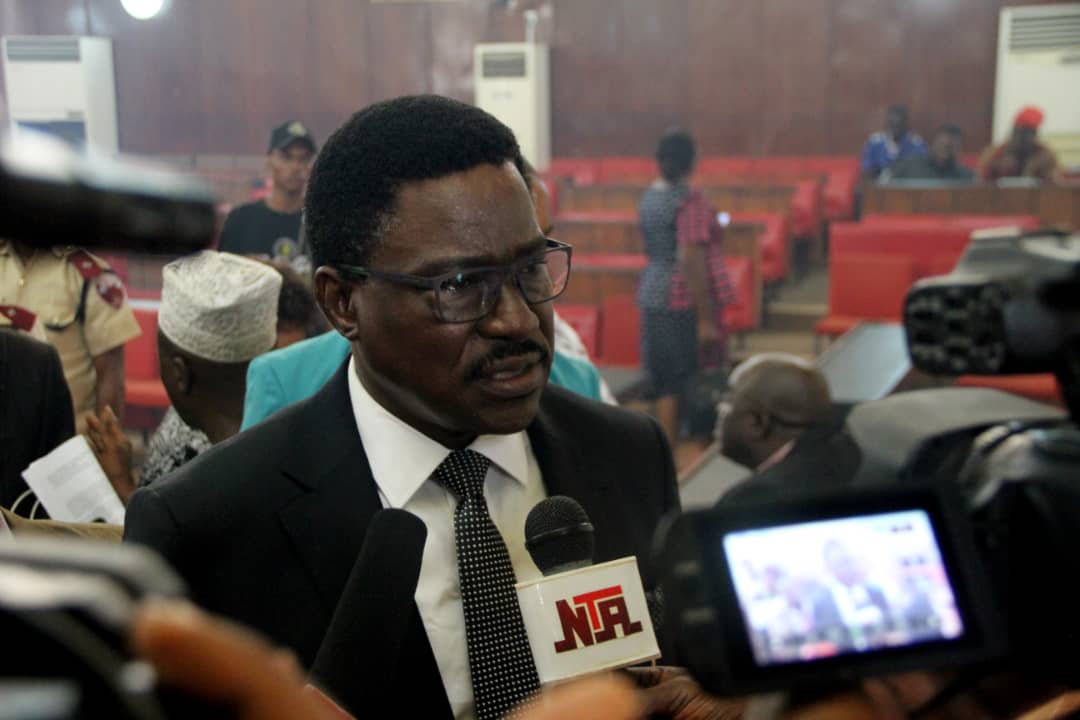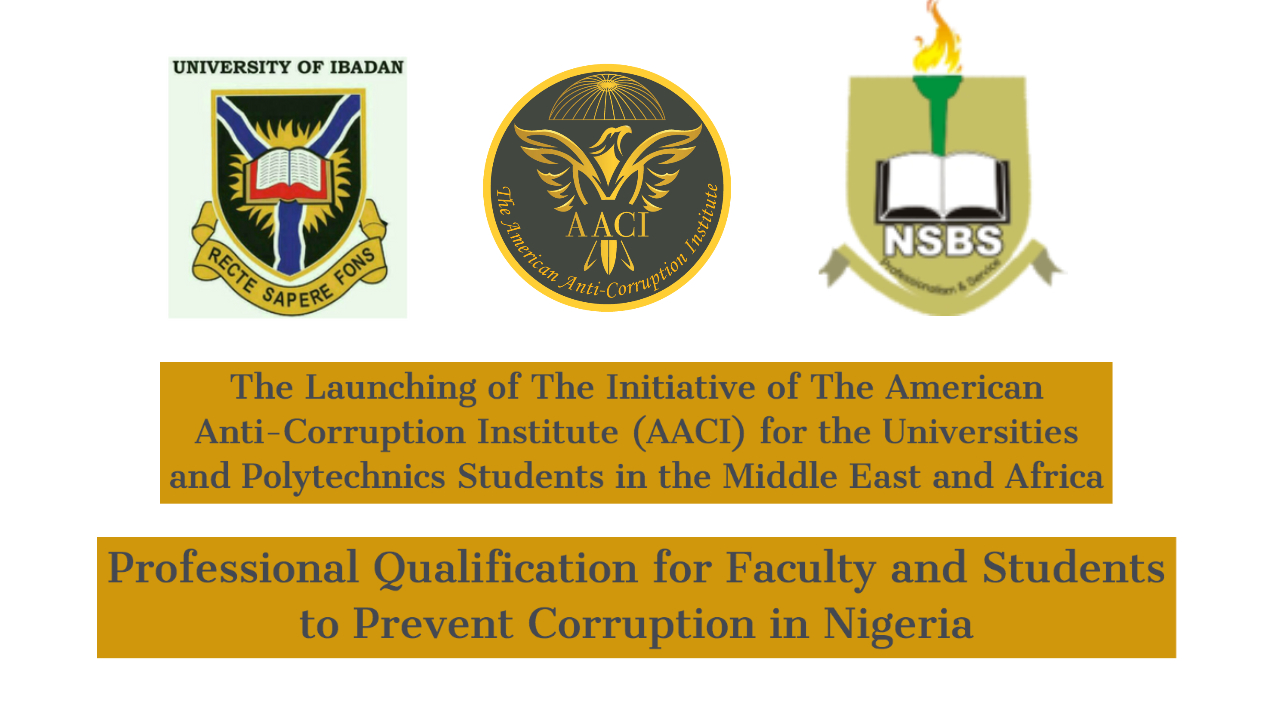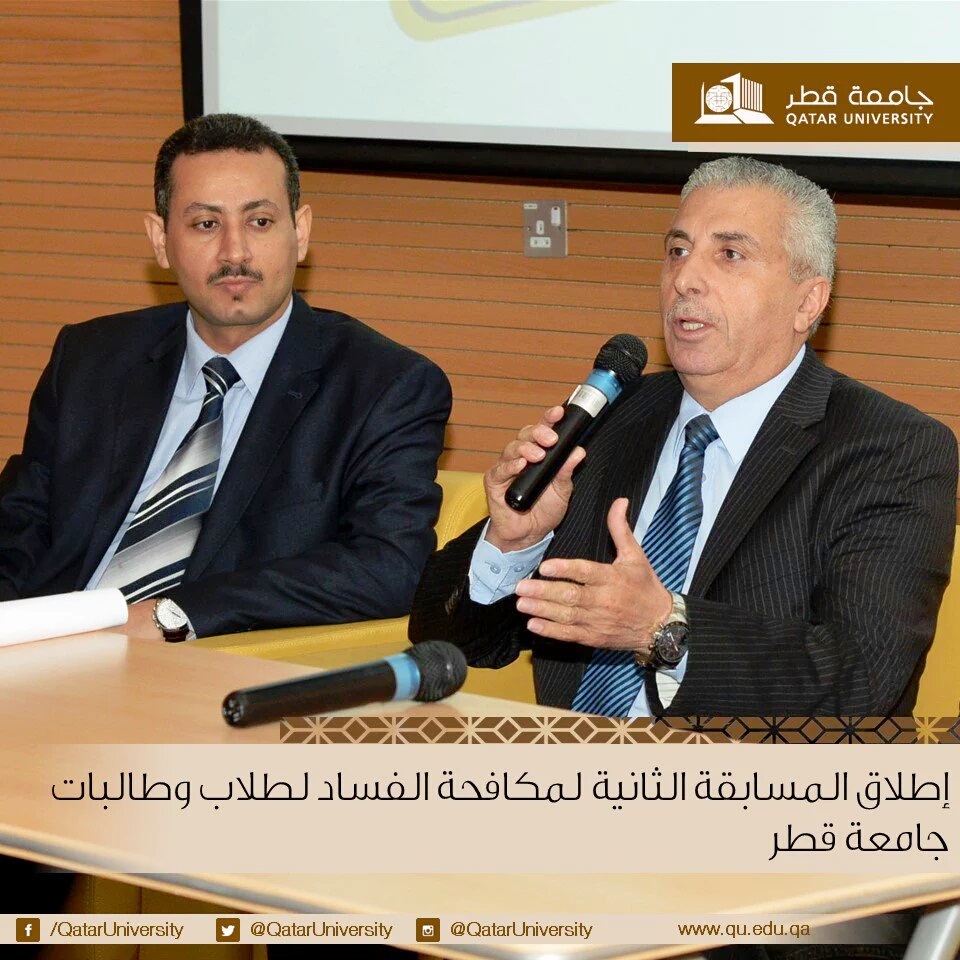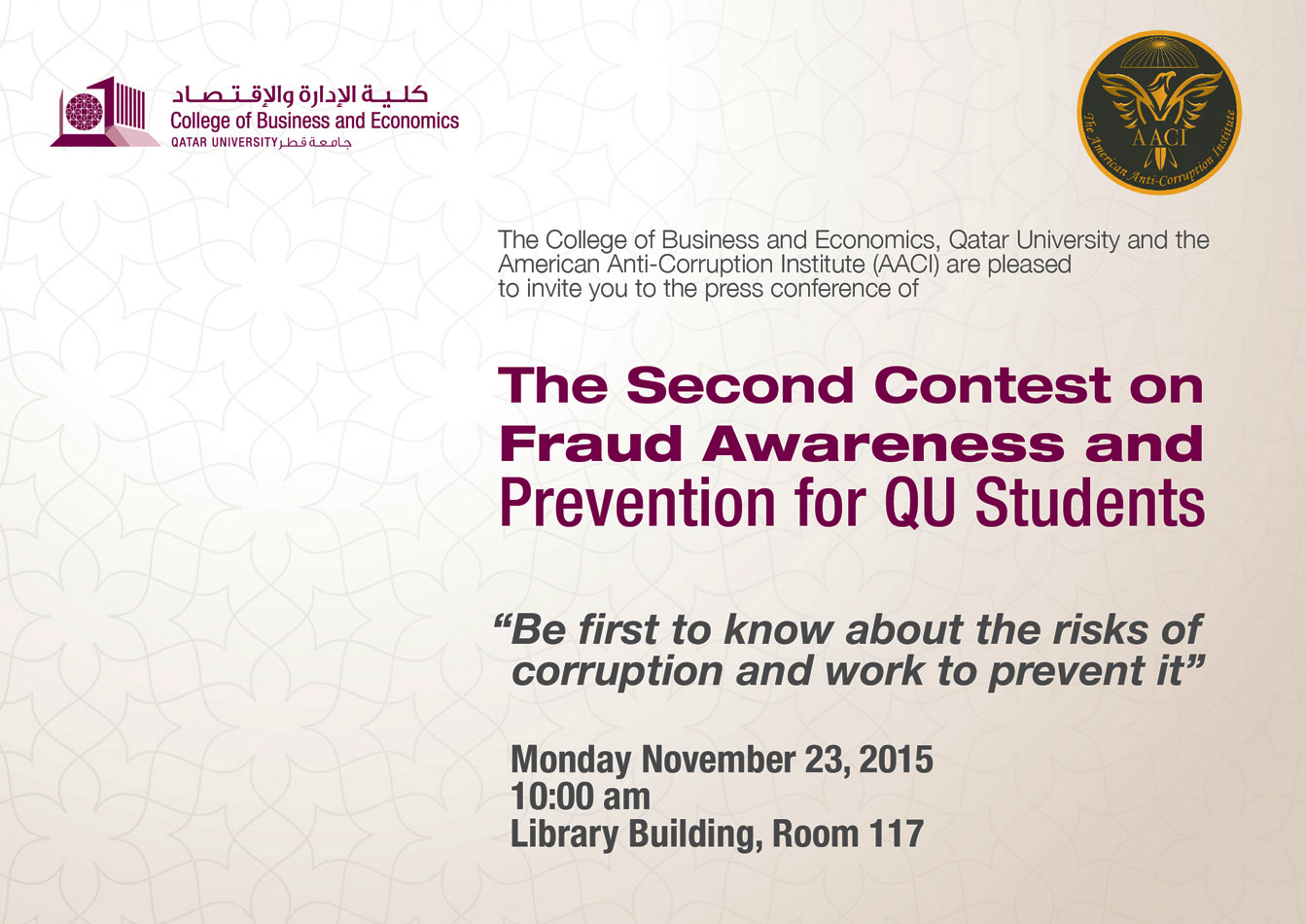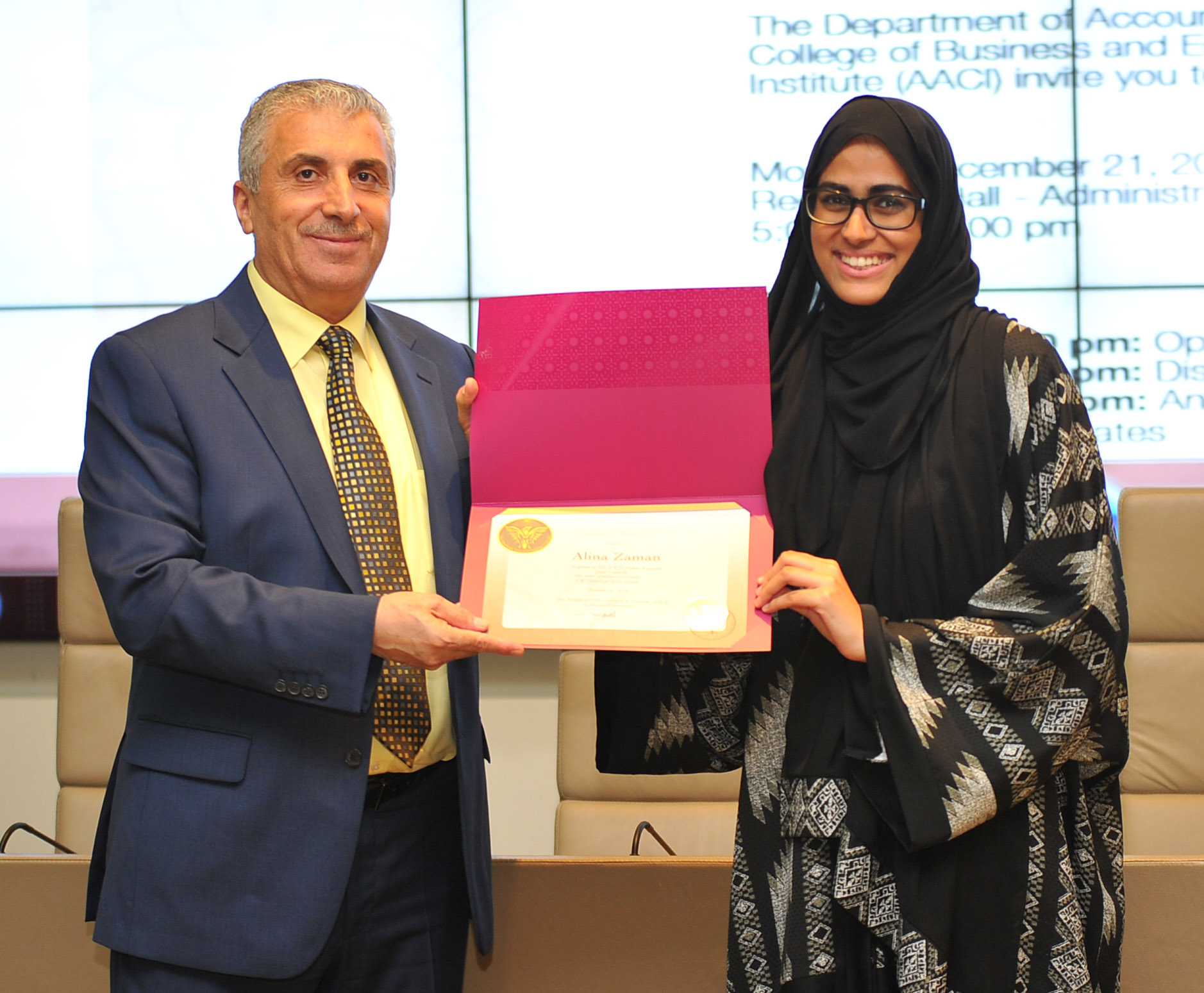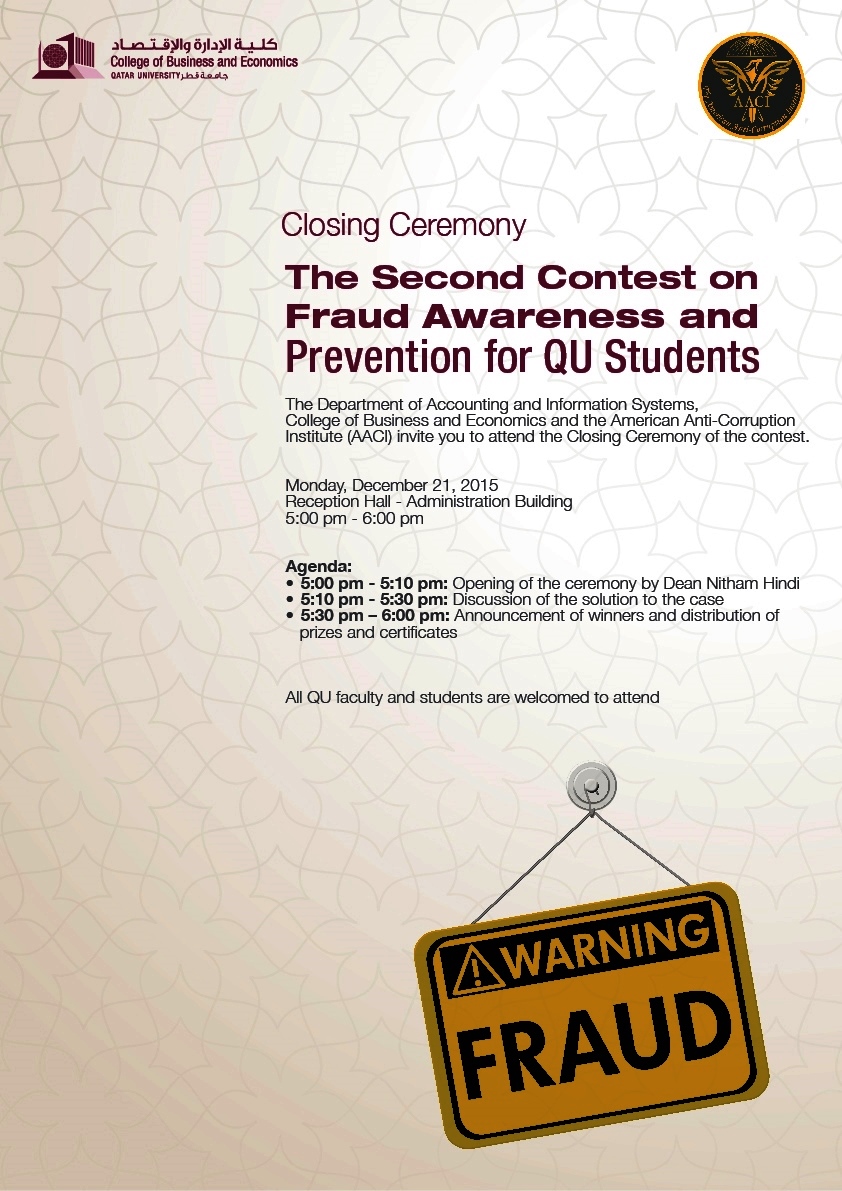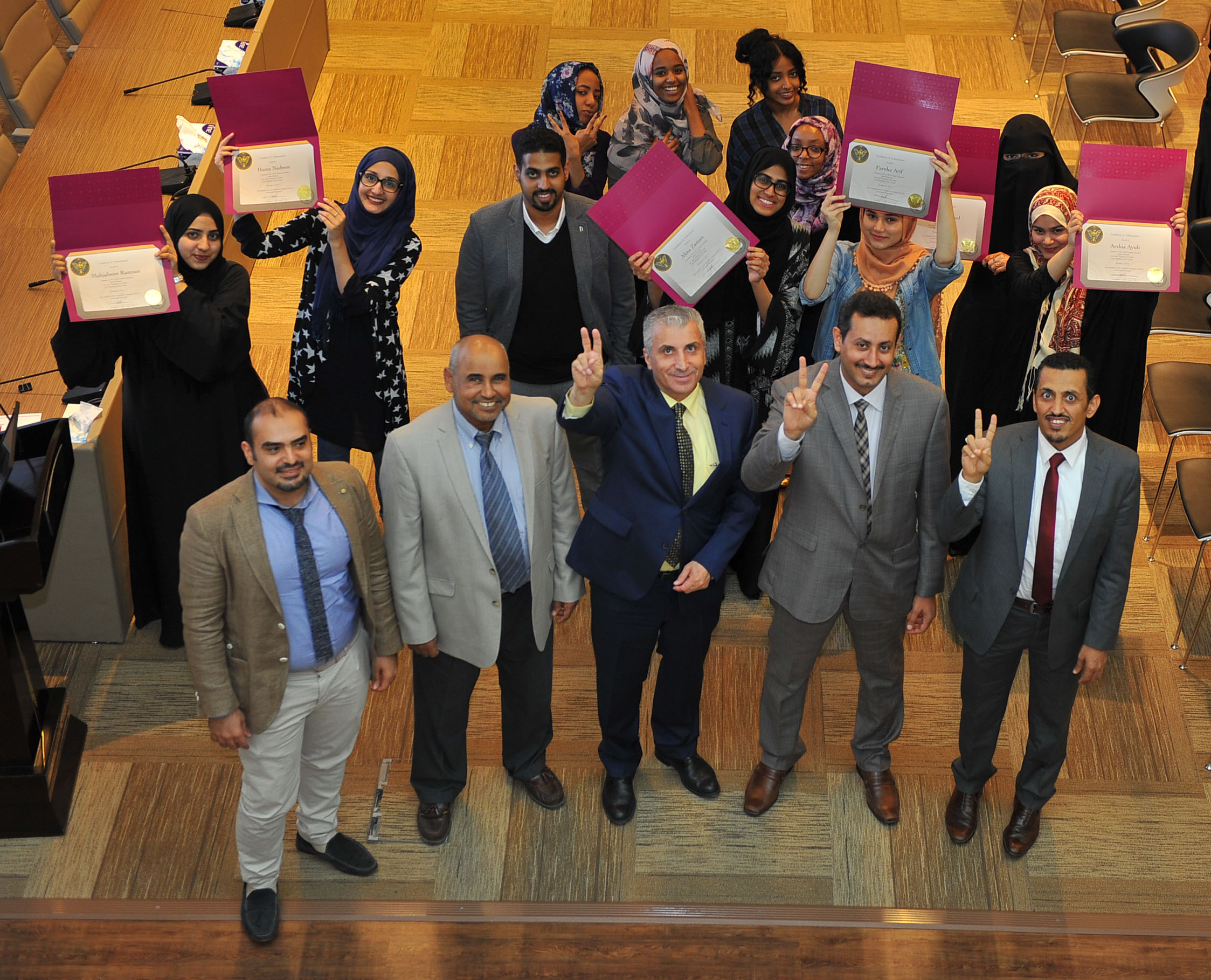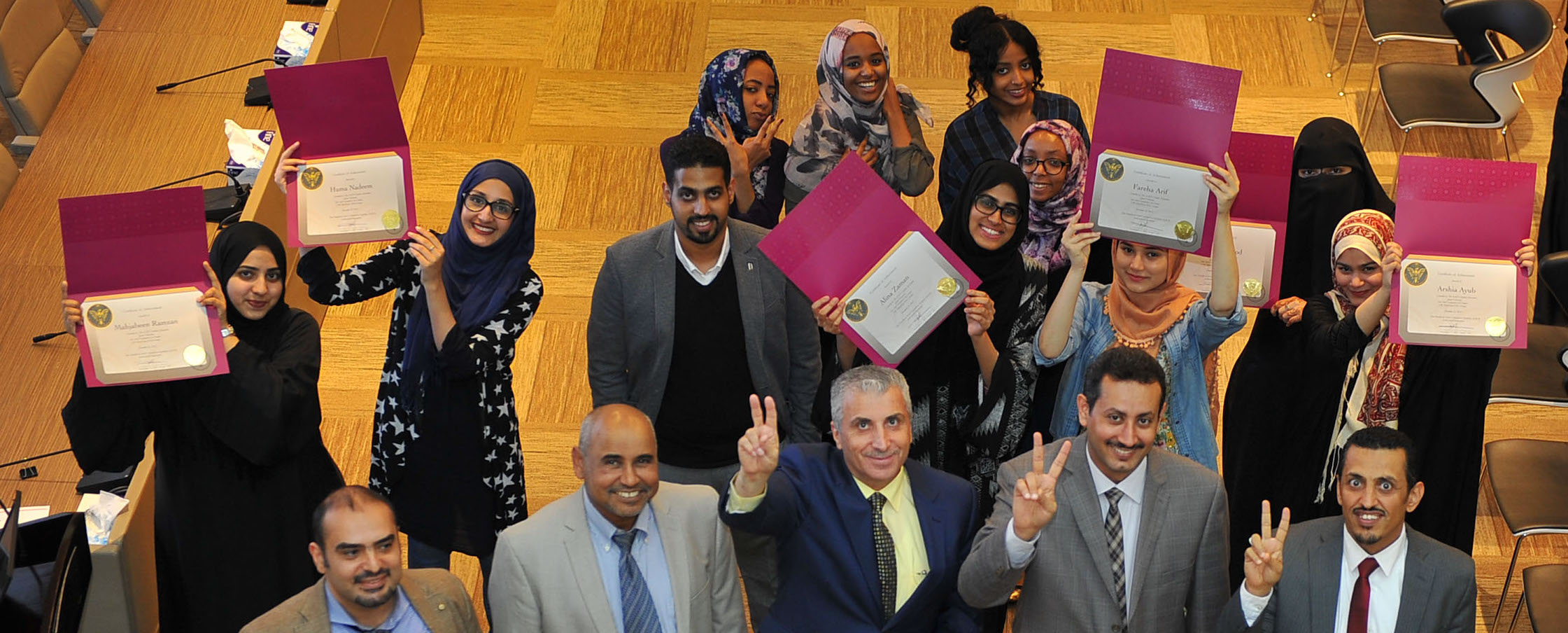June 28, 2020
Updated July 25, 2020
Author: Tony Elias Harrouk, BE, CACM
Executive Summary
The present research study strives to examine governance practices and debacles at both the public and corporate realms in light of the current Lebanese economic and financial crisis. Specifically, the work addresses the behavior of Lebanon’s Central Bank (BDL) and some of the country’s commercial banks since the early nineties to date. It assesses their relevant conduct vis the management theory, the international norms, and the best practice. It also investigates and analyses, among others, the accompanying positions of the leading global financial bodies, namely IMF and the World Bank. The types of governance most connected to the study are corporate governance, public sector governance, central bank governance, and international financial and economic governance.
1) INTRODUCTION
Whenever significant adversity erupts somewhere on the planet, governance bears a considerable if not the whole responsibility. Be it local or global, economic, financial, social, or even environmental, in the private or public sector. What is it about this phenomenon that makes it so difficult to subdue? For the sake of our analysis, we bring forth hereafter one of the most salient and timely cases from around the world; the multifaceted Lebanese predicament. The present paper strives to examine this flagrant governance deficiency case in light of the management theory and the international norms and best practices. The work addresses both the public and corporate governance through the conduct of Lebanon’s central bank (BDL) as well as the majority of the nation’s commercial banks since the early nineties to date.
2) THE PROBLEM
The country is currently facing the most challenging economic, financial, and social crisis since its independence in 1943. The Lebanese pound lost to date more than sixty percent of its value against U.S.Dollar in the parallel market. Food prices have shot up as a result. Unemployment soared, the economy is almost coming to a halt exacerbated further by the corona pandemic. Imports of goods and even critical medical stuff has plummeted. Foreign currency in the dollarized economy is becoming very scarce. Banks have effected a de facto capital controls choking the economy even further. As a result, the Lebanese diaspora has reduced transferring their vital remittances, thus more aggravating the crisis. Foreign inflows, mostly from the Gulf states, have sharply dwindled in the last few years. The situation has reached a point where the government of Lebanon (GOL) suspended in March 2020 for the first time the payment of its sovereign debt.1
Conversely, that same government has responded with a Financial Recovery Plan (FRP) targeting an international financial relief package against long-awaited structural reforms. These include rebalancing the government’s budget by improving tax collection, recuperation of stolen assets, reforming the tax system, improving the spending efficiency, and enhancing the financial management and the essential services/utilities in the public sector. The FRP also comprises restructuring the spiraling public debt and fighting corruption. The long-standing anchor of the Lebanese pound to the US dollar appears to be coming to a gradual end. Also, the plan aims to fairly restructure the financial system, including the central bank and the commercial banks. Besides, the FRP has specified aggregated losses of LBP177 trillion in the BdL balance sheet, and LBP64 trillion direct aggregated losses in the commercial banks’ balance sheets.2
Furthermore, the international banker’s analysis attributes the crisis to many factors, the most poignant of which is the monetary policy since the nineties:
“Several factors have led to Lebanon’s current quagmire, but few have been more impactful than the country’s rather bemusing monetary policy over the last decade. During this time, the central bank, Banque du Liban, liberally hiked its interest rate for depositors to fund the government’s spiralling debt problem, as well as to pay for its substantial volume of imports, and to draw in in dollars to help maintain the Lebanese pound’s 22-year-old peg to the US currency. Many have called the central bank’s behaviour during this time as being akin to running a Ponzi scheme. Banks’ incoming customer dollars were lent to the central bank at attractively high rates, and in return, they purchased government debt, all the while making consistent profits on such transactions. It is not surprising, then, that deposits placed with the central bank between 2017 and August 2019 swelled by a whopping 70 percent. The dividends paid out by banks, moreover, went to shareholders, of whom many were politicians and who were thus incentivized to continue with the scheme.3”
Indeed, inadequate policies and malfeasance will come to an end eventually.
Nevertheless, signs of the escalating stress on the Lebanese pound and the commercial banks have been apparent many years back. One crucial sign is the central bank’s (CB) dwindling foreign exchange reserves despite his constant borrowing from commercial banks at incrementally high-interest rates. Another significant sign is the unprecedented steady deficit, as of 2011, in the balance of payment. This is not to mention the chronic government budget deficit.4
On the other hand, Carnegie Middle East Center expectedly attributes the country’s affliction to governance and the political system: “The economic crisis is, at its core, a governance crisis emanating from a dysfunctional sectarian system that hindered rational policymaking and permitted a culture of corruption and waste. The country, led by the public sector, lived beyond its means. Decades of pursuing this model left the economy with high debt and a bloated banking sector.5
3) BACKGROUND
The word “governance” came from the Latin verb “gubernare,” or more originally from the Greek word “kubernaein,” which means “to steer.” Basing on its etymology, governance refers to the manner of steering or governing, or of directing and controlling, a group of people or a state.6 Merriam Webster dictionary attributes the first use of this word to the 15th century in the following defined meaning: “the act or process of governing or overseeing the control and direction of something (such as a country or an organization).”7 The Unesco’s International Bureau of Education provides a more contemporary, comprehensive, and specific description:
“Governance has been defined to refer to structures and processes that are designed to ensure accountability, transparency, responsiveness, rule of law, stability, equity and inclusiveness, empowerment, and broad-based participation. Governance also represents the norms, values and rules of the game through which public affairs are managed in a manner that is transparent, participatory, inclusive and responsive. Governance, therefore, can be subtle and may not be readily observable. In a broad sense, governance is about the culture and institutional environment in which citizens and stakeholders interact among themselves and participate in public affairs. It is more than the organs of the government.8”
Hence, governance has to do with more than just the conventional institutional frameworks and methods. It has to do with a society’s culture and values, among others.
On the other hand, the World Bank (WB) Worldwide Governance Indicators (WGI) project provides a somehow different definition of governance that is more focused on governments rather than the wider general scope. It holds: “Governance consists of the traditions and institutions by which authority in a country is exercised. This includes the process by which governments are selected, monitored and replaced; the capacity of the government to effectively formulate and implement sound policies; and the respect of citizens and the state for the institutions that govern economic and social interactions among them.”9 Else, the UN chronicle attributes the vigorous emergence of the term “good governance” to the collapse of the Berlin wall and to the 1990s fall of South Africa’s apartheid regime. The late UN secretary-general kofi Annan delineated: “Good governance is perhaps the single most important factor in eradicating poverty and promoting development.”10 Moreover, the World Bank specifies governance in the public sector and Anticorruption as the development preferences of utmost significance.11 Today, many types of governance exist. The ones most relevant to our study are corporate governance concerned with running organizations, public sector governance, and international financial and economic governance.
4) THE STRATEGIC PLANNING ANGLE
Translating governance practice, strategic planning is a fundamental function in every organization that is mainly the responsibility of top management. It consists of determining the organization’s goals, analyzing its environment, scrutinizing its resources, specifying the activities necessary to drive the firm towards achievement of its goals, and lastly, executing these activities and supervising progression. The defined goals usually guide the evaluation of the environment and the resources. Moreover, goals will have to be specific and able to be measured. Besides, it is fundamental to properly examine the environment, including the economy, markets, competition, the physical environment, and regulatory and social medium. Carefully analyzing every one of these sides is essential because menaces, as well as opportunities, can emanate. It is common practice in the majority of organizations to review strategic planning every year or two. That is because the environment is in continuous change resulting in a change in risks and opportunities.12 The evaluation of the resources should define whether they are appropriate to confront the threats and to benefit from the opportunities. On the other hand, strategic planners usually consider alternative planning scenarios. These might rely on sluggish, average, and rapid economic growth. Another possibility is to establish a resource assessment on favorable, unfavorable, and best estimate of revenues or share of the market. The simulation of different scenarios enables the planner to acquire a more realistic view of the effects of every alternative.13
Worth mention the notion of “Strategic improvising,” and the essentiality of proactive and continuous monitoring of the business environment to discern relevant trends and patterns as early as possible. That is particularly vital since the environment is the backbone of strategy. Moreover, the business environment might change faster than expected to make the strategy wrong or futile. Hence, the need to take also the short term aspect into account while formulating the long term strategy, and to revise it accordingly regularly.14 On the same subject, Steven Silbiger confirms: “Strategy is dynamic. Executives must review their strategy continuously to ensure that it reflects the changes in the business environment, the company, and its goals.”15 Moreover, management devising contingency plans is essential in any organizational frame.16
In terms of Banque Du Liban’s (BDL), article 70 of the Code of Money and Credit specifies its core mission and goals as, among others, preserving monetary and economic stability, as well as ensuring the health of the banking sector, and the development of money and financial markets.17 The strategy or policy adopted by BDL to achieve those goals was based primarily on pegging the currency to the US dollar. Then, defending it by accumulating foreign currency reserves from remittances, foreign direct investments, and a usually positive balance of payment. Whenever needed BDL hiked interest rates to attract foreign deposits. All of that, while servicing GOL’s persistent and sizeable budget deficit with a swelling public debt.
However, the environment has changed since 2011. According to the International Labor Organization (ILO), the Syrian war erupted, imposing negative implications on the Lebanese economy and the labor market. Growth of the economy lingered, private investments slumped, the deficit of trade widened, and the two most significant sectors of real estate and tourism have plummeted.18
On the other hand, it is well known that the governing political class typically is responsible for directing the economy of a nation. Unfortunately, no proper accountability exists in that republic’s governance system, making the long-coveted reforms a far fetched goal. However, remittances from the nostalgic Lebanese diaspora and a spree of generous international financial assistance as of the 1990s, allowed the system to hobble further unreformed. Two indicative samples of this costly governance ineptitude are the chronic disastrous failure to resolve the electricity sector problem and the more recent protracted lack of transparency and effectiveness in confronting the present-day adversity.
Furthermore, a significant change in the international environment extended to Lebanon a precious opportunity that the country, unfortunately, wasted again. The country perceived as a safe refuge received billions of dollars in the wake of the 2008 international financial upheaval. These could have been used to remedy the electricity sector, expand the economy, boost the export manufacture, and get rid of the risky, costly, and unsustainable currency peg. Moreover, this latter has weakened the competitiveness of Lebanese goods and services due to its unrealistically vigorous exchange rate. Consequently, export industry growth has been hampered. Besides, the influx of funds has been squandered on extravagant import consuming, sterile real estate ventures, and profuse expenditure by the government.19 An expected consequence when ill and unchecked economic policies prevail.
Click here to continue reading.
Download the whitepaper

Tony Elias Harrouk, BE, CACM
Engineer Harrouk is a Social and Environmental activist. He earned a BE in mechanical engineering in 1991 from the American University of Beirut (AUB). After holding many senior management positions at well reputed companies in Lebanon and abroad, he founded in 2007 a construction development establishment (Ecobuild Constructions), and a Mechanical Engineering & Contracting Establishment. He executed several Construction and MEP projects.
He published his first paper on Congestion Charging (Economics and Sustainable Development), in the Intergovernmental Research and Policy Journal in 2019.
Registered at the Order of Engineers and Architects of Beirut (OEA), he is currently a member of The American Anti-Corruption Institute (AACI), and of Lebanon Certified Anti-Corruption Managers (LCACM) Association. He is also active, among others, in the “National Congregation for Lebanon” movement where he constructively engaged in the drafting of the congregation’s book comprising the fundamentals of the main reforms and laws needed to redress the nation.
He served as an elected Council Member & Programs Committee Member of the Worldwide Alumni Association of AUB (WAAAUB); and as a Board Member and Treasurer of the Lebanon Green Building Council (LGBC). He also served as the President of the Engineering & Architecture group of Mount Lebanon AUB Alumni Association, and as an Executive Committee Board Member. Starting 2007 onward, Tony led and organized many events and seminars, some namely around the topics of Lebanon Brain Drain, Innovation through Patents, Oil & Gas, Renewable Energy-Net Metering, National Physical Master Plan of the Lebanese Territories, and Sustainable Mobility. In 2010, serving under WAAAUB, he, among others, effectively contributed to reviving the pre-war traditional Ring Ceremony for graduating students at the American University of Beirut.
